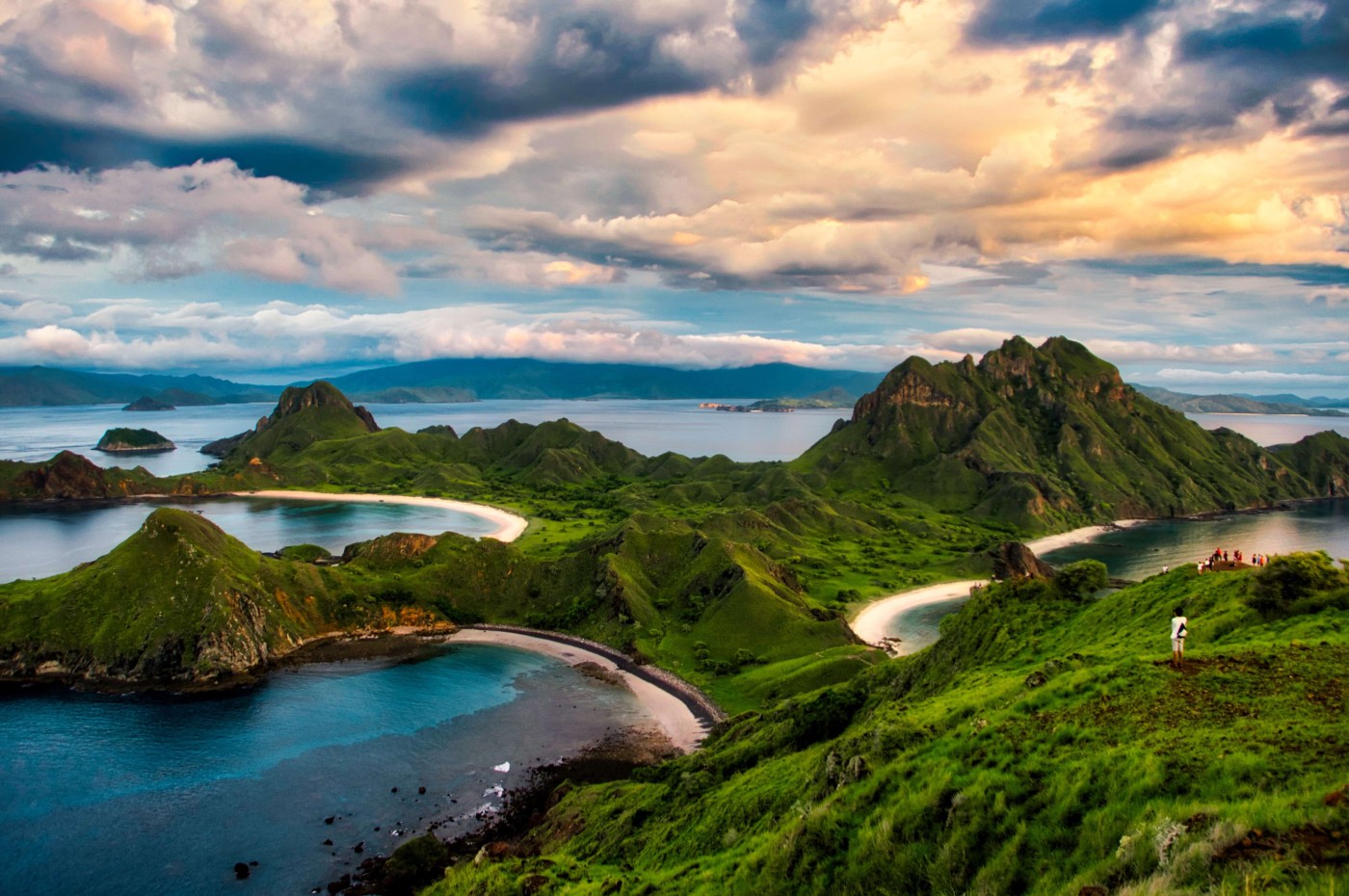
We celebrated our wedding anniversary in Bali traveling three generations together. But it was the four days aboard a beautiful wooden boat in the archipelago off Flores that today stands as the absolute highlight of the trip.
In Journey's Intent, we always look for new adventures. We look for the little hidden gems and experiences that make the heart beat and bring joy to us, you, and the locals you meet. Hence, I was also extra happy to spend my days with the local Indonesians, who showed us incredible nature above and below water.
In the following, you will catch a glimpse of what a sailing trip just south of the equator looks like. To where the flying fishes jump on the surface of the water and where the colorful and abundant marine life lives below you. To where your competent and friendly guides take as good care of you as they do of Indonesia's precious nature.
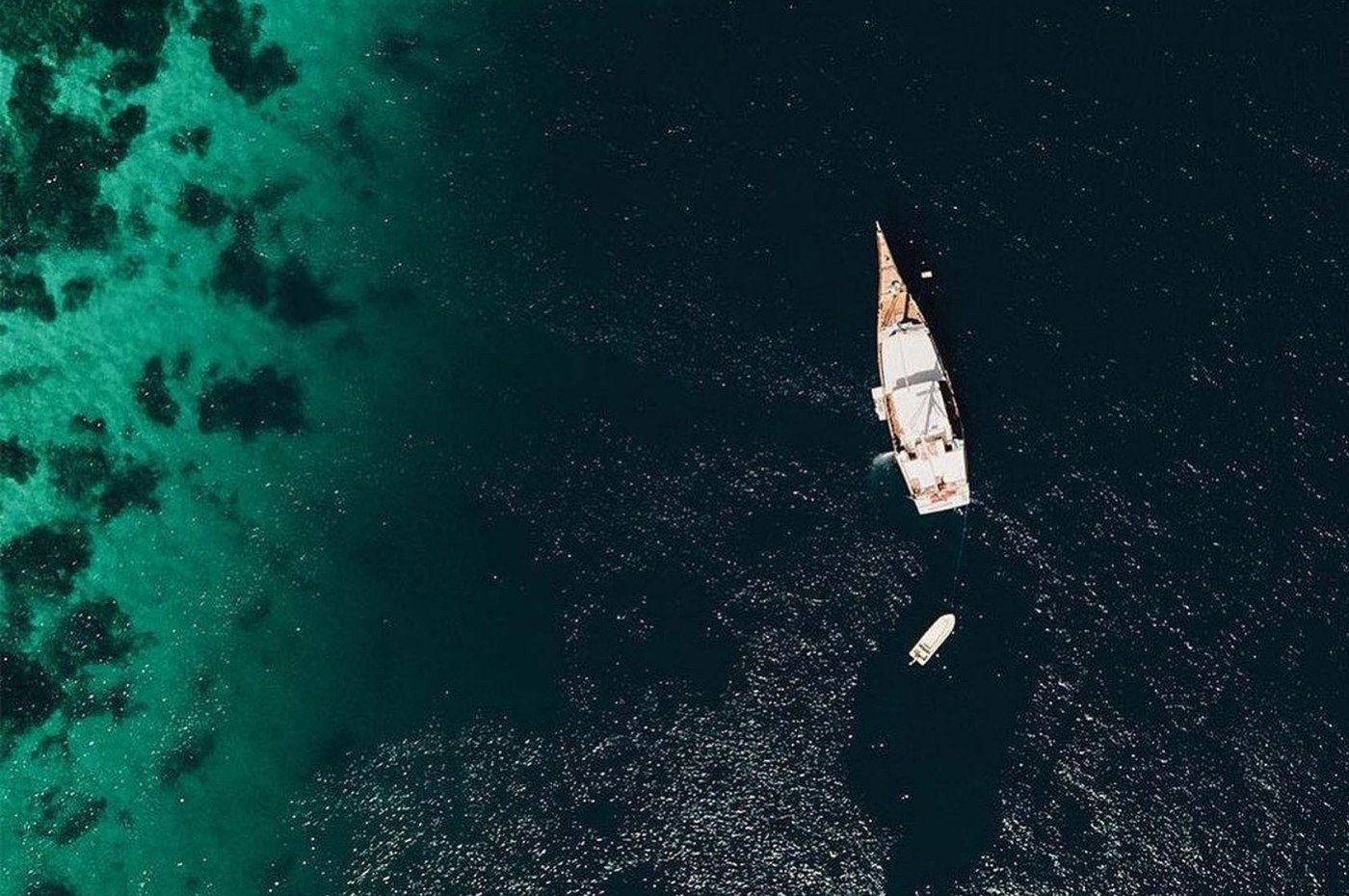
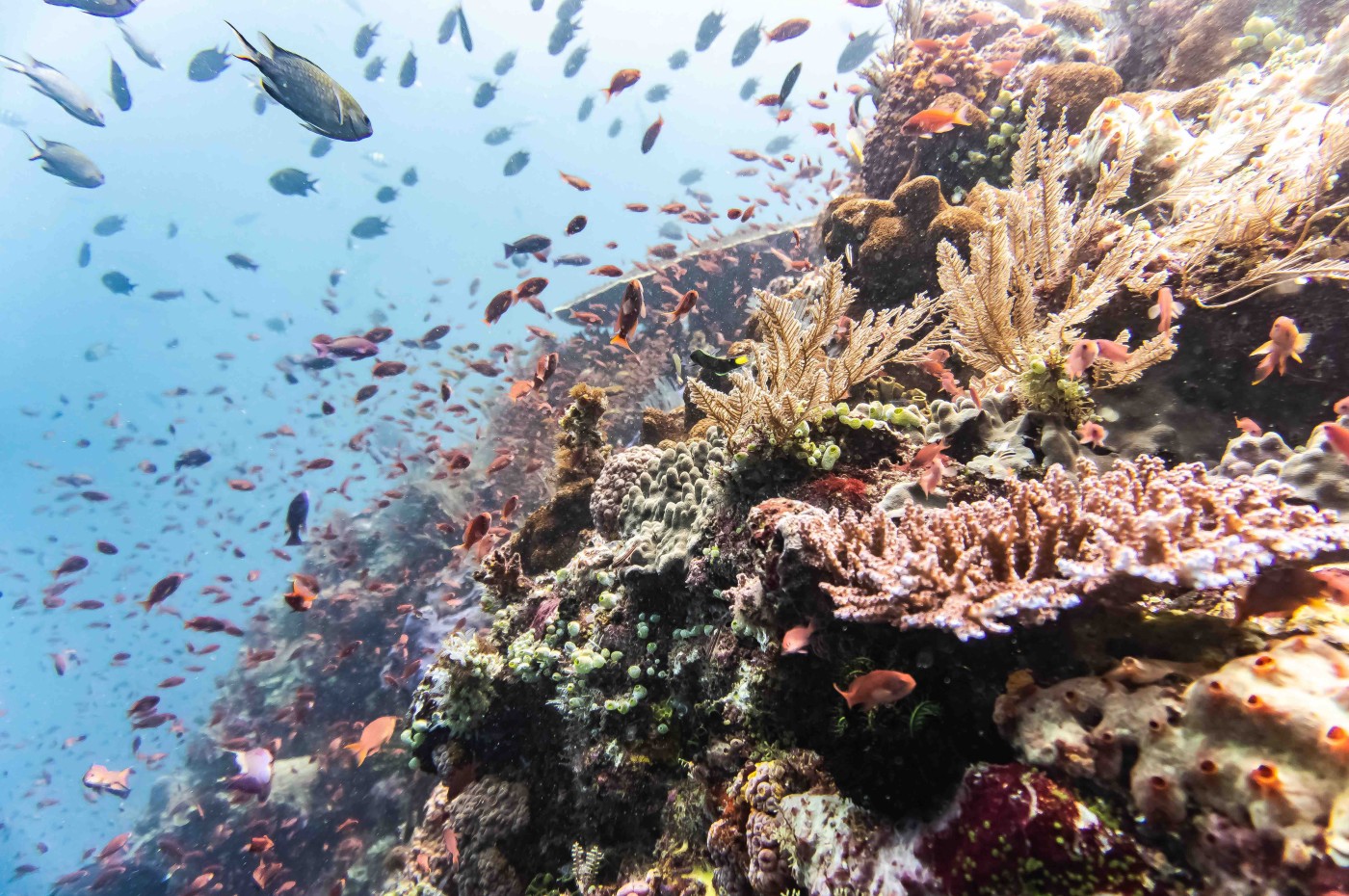
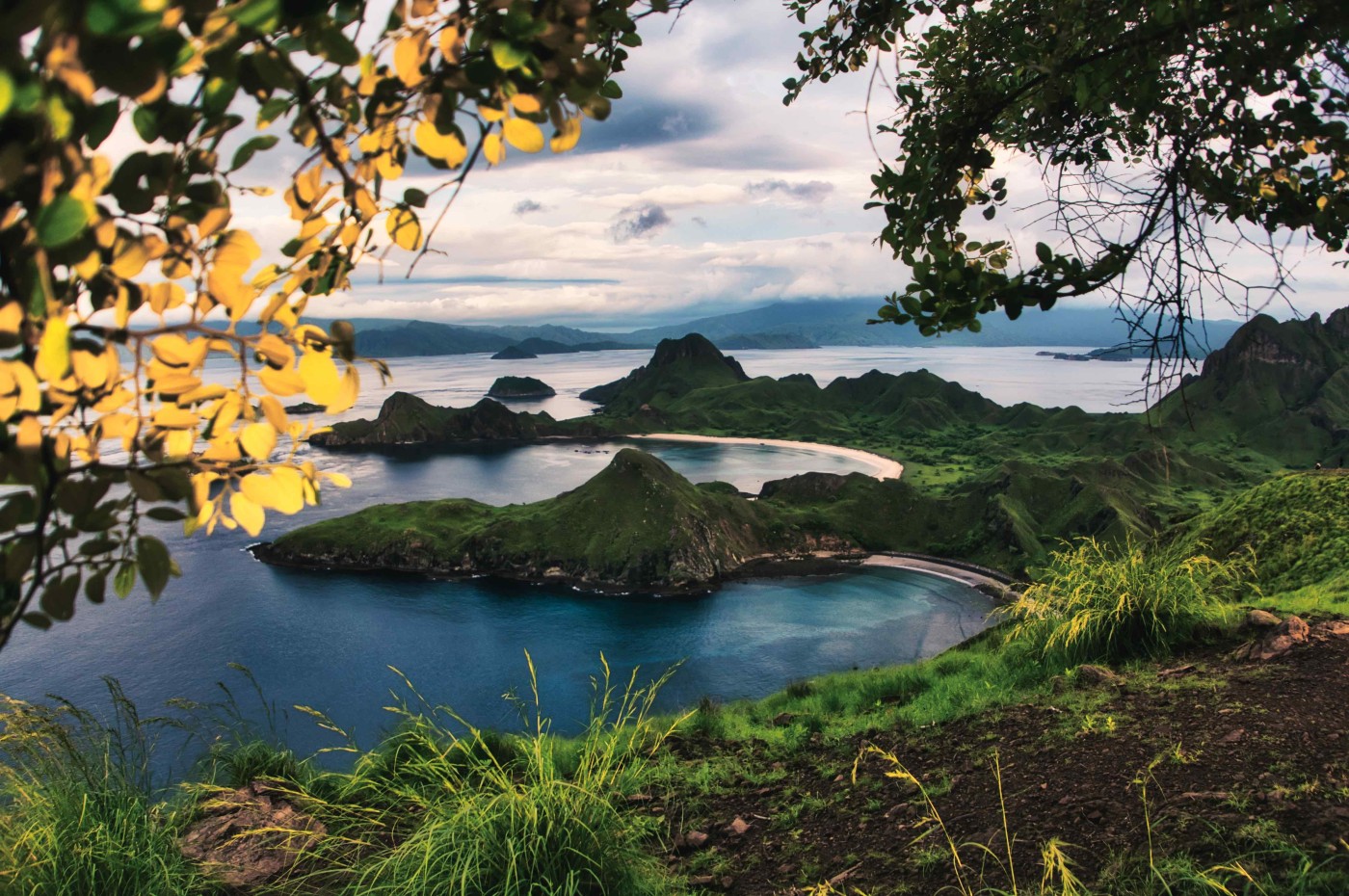
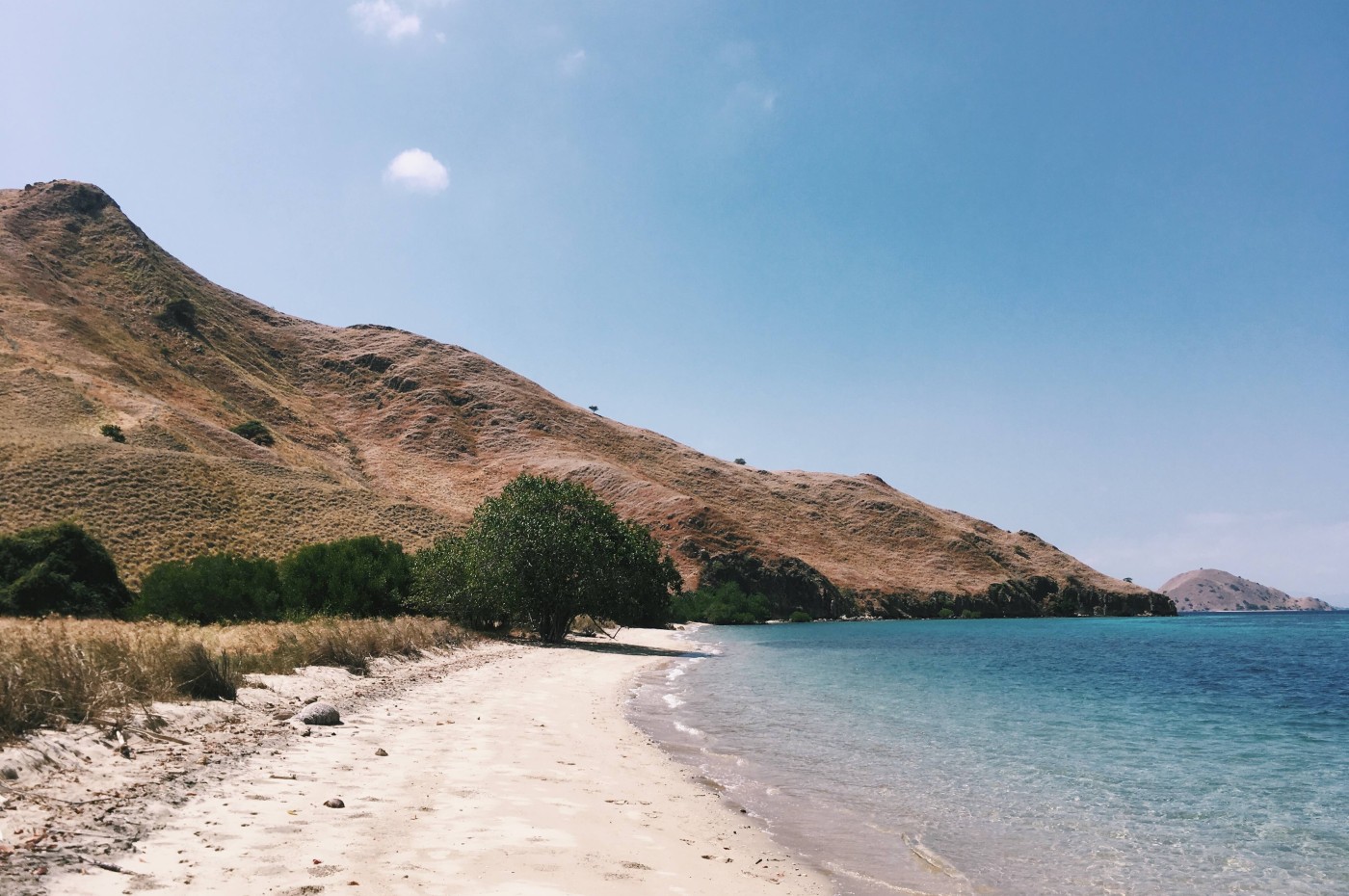
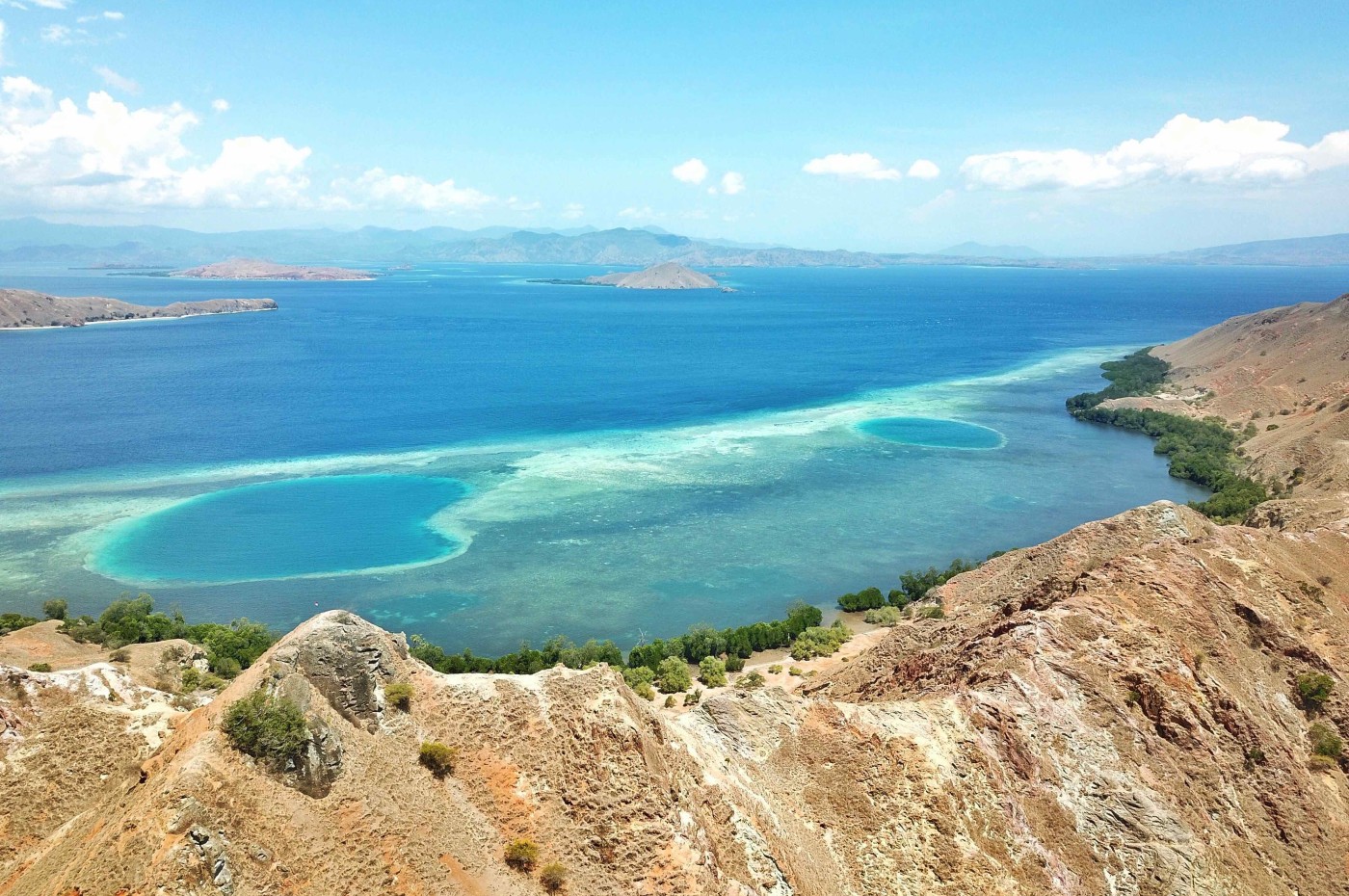
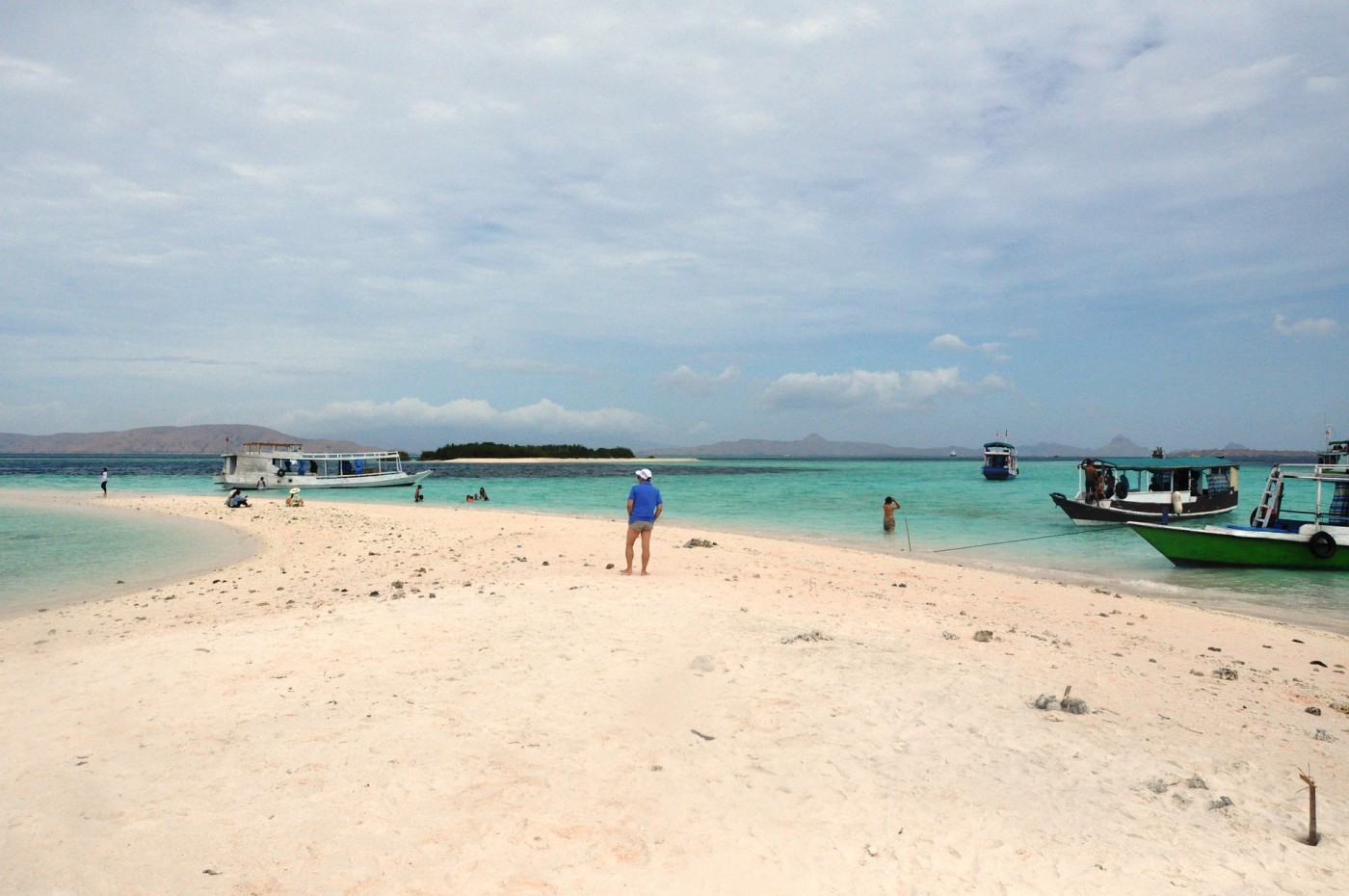
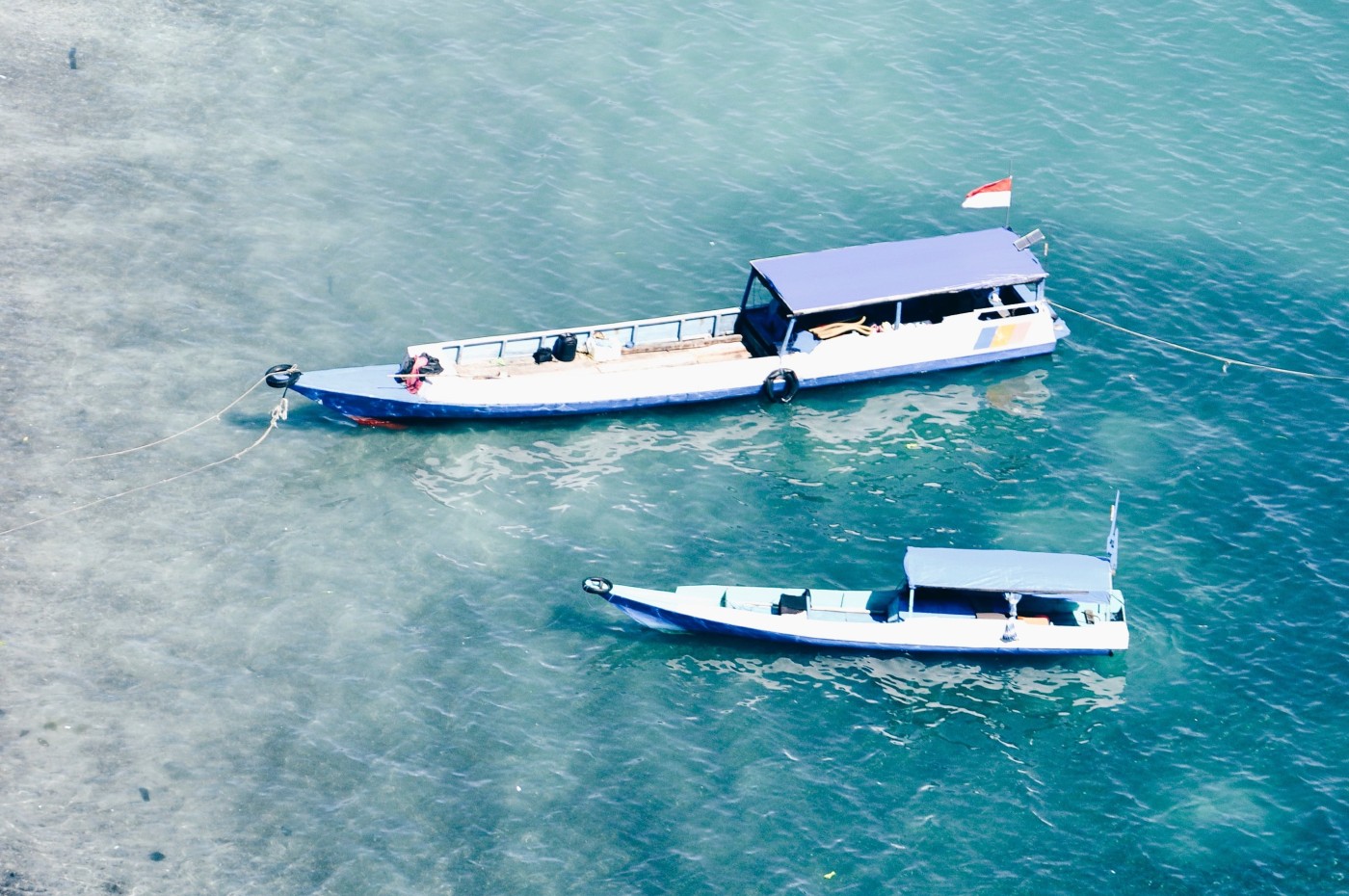
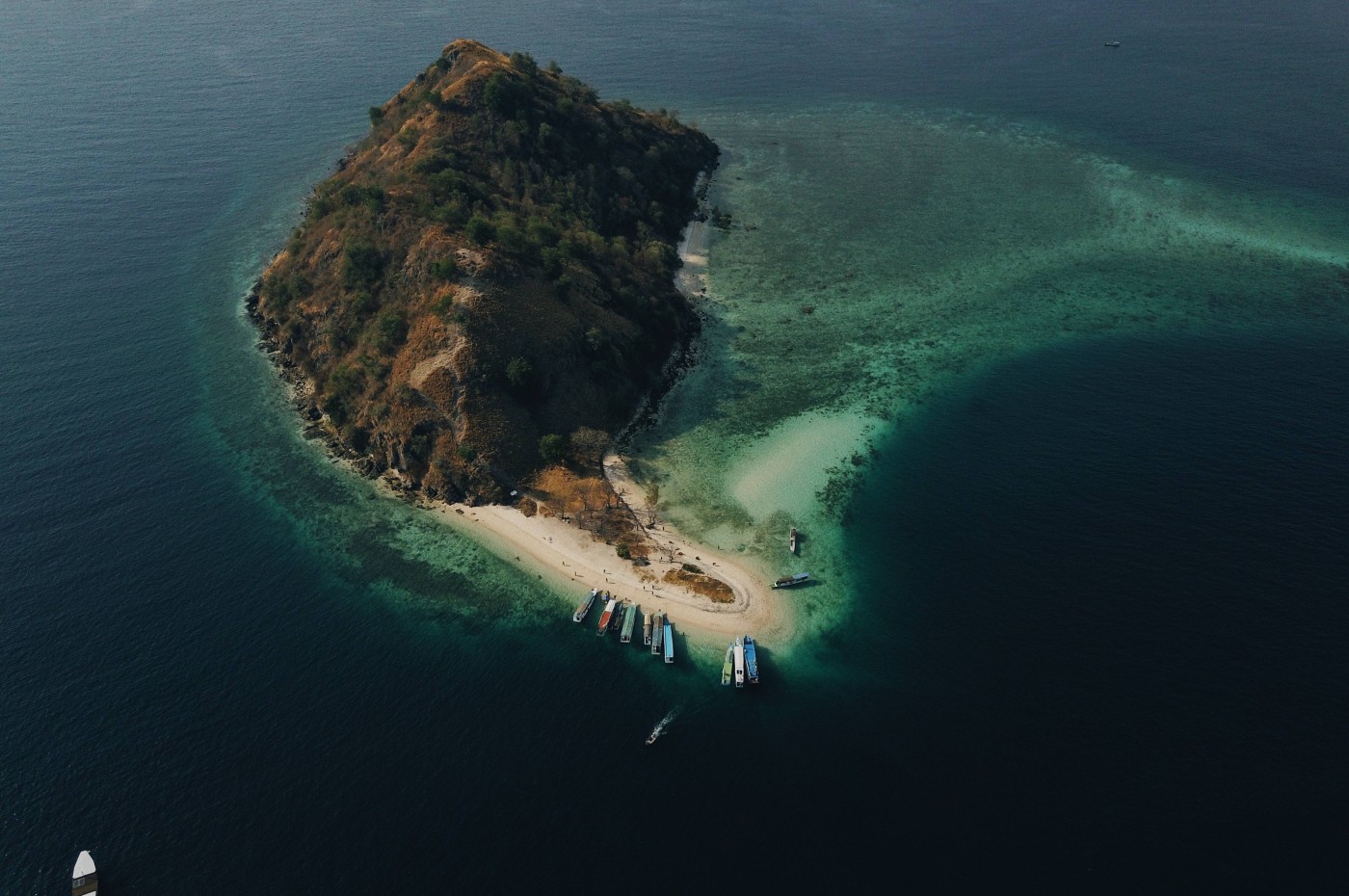
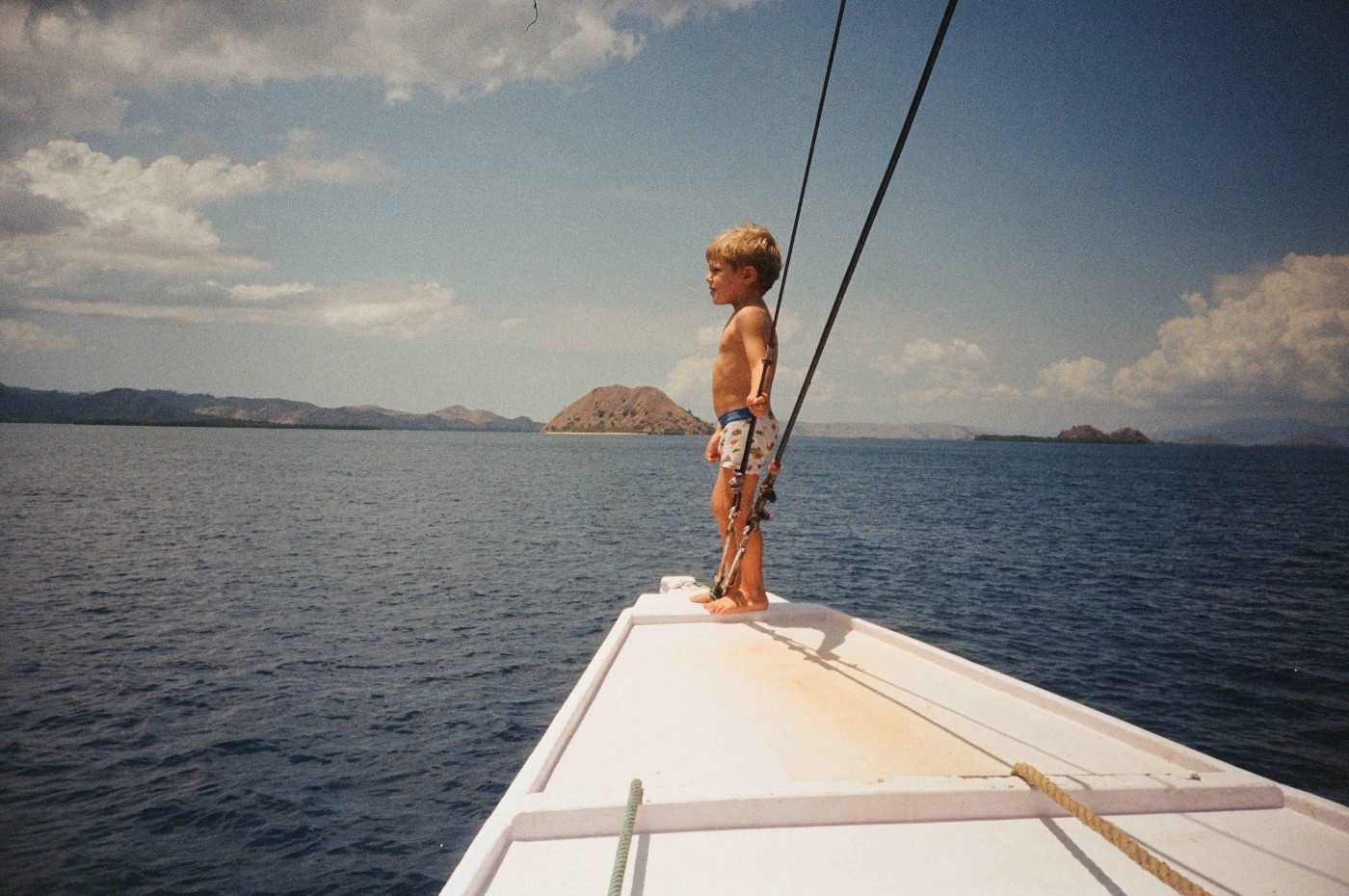
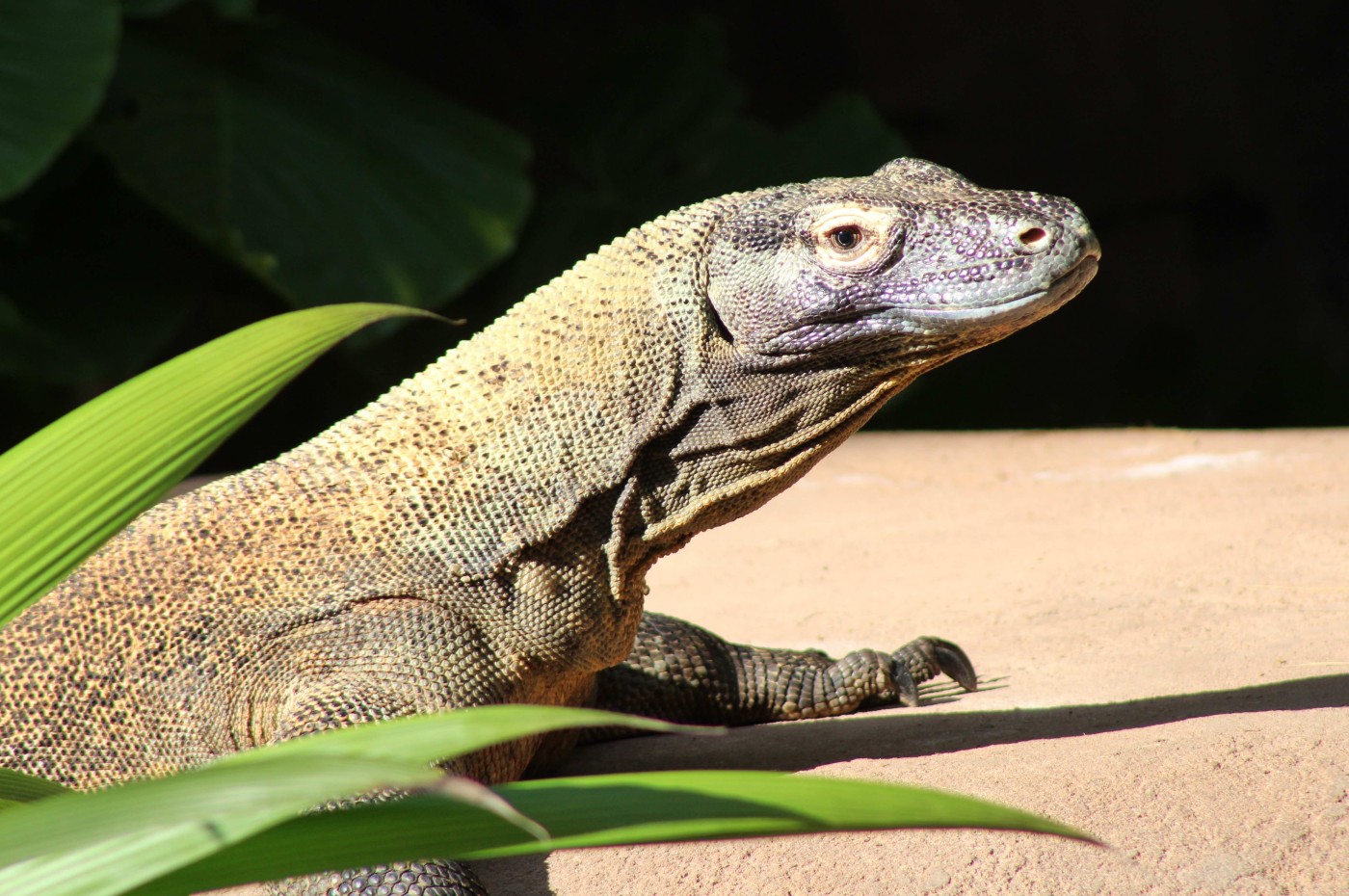
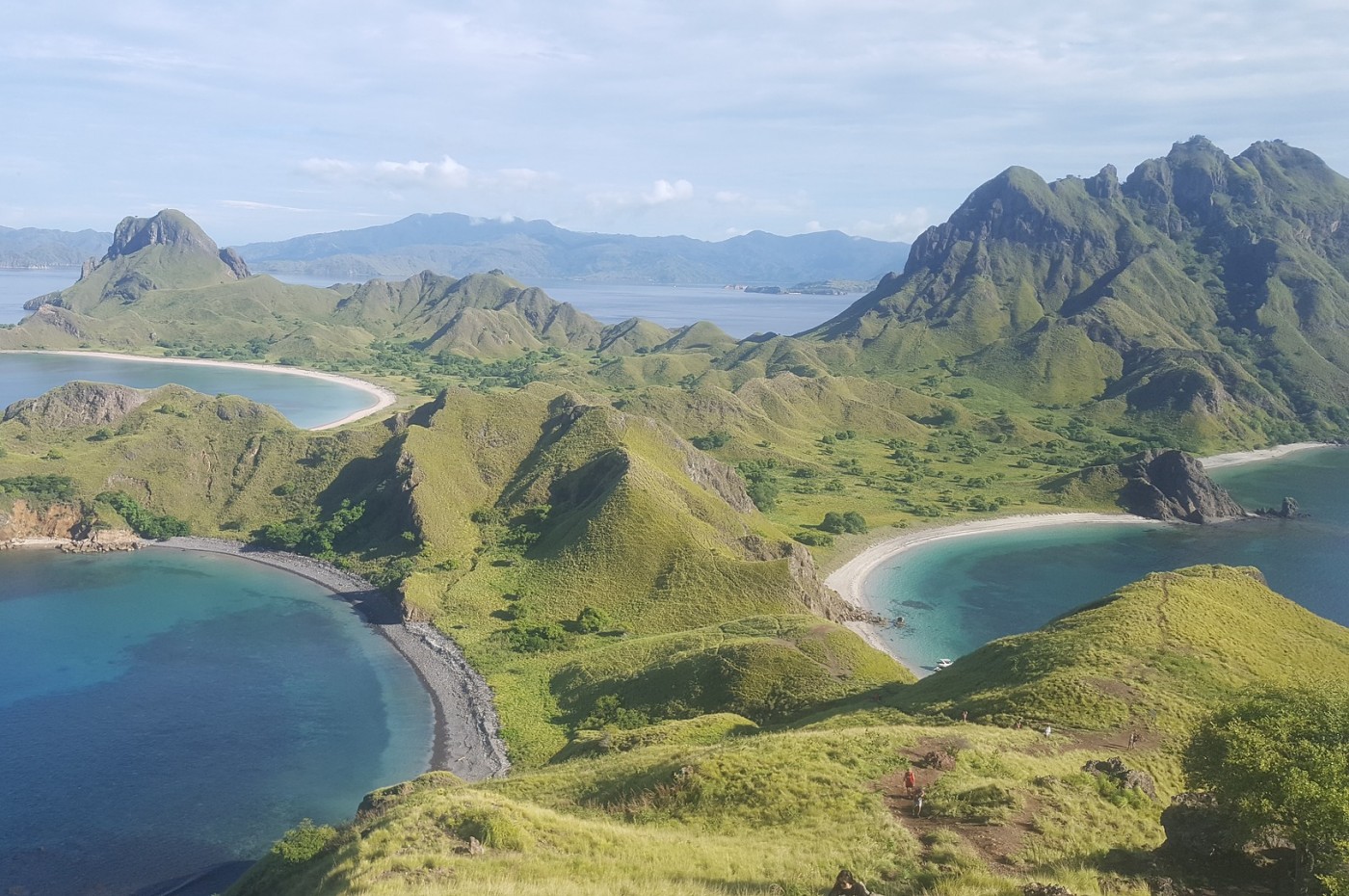
Padar Island, Komodo, Indonesia
Komodo Island and much more than that
When we arrive at the harbor in Labuan Bajo at the island Flores and see the 27-meter-long and very beautiful wooden ship, we know that the adventure has begun.
Phinisi Felicia, as the ship is called, is our home for the next few days. The crew is amazing and we quickly feel part of the Phinisi family.
The main attraction in the archipelago is actually Komodo Island, famous for the komodo dragons. And it was an amazing experience when you see these great creatures who share DNA with the dinosaurs. It was also positive that it didn't feel like a circus with boats everywhere. The guides made sure you kept a decent distance from the giant komodo dragons. And respectful behavior is absolutely crucial to secure that the meeting with the komodo dragons and fragile nature works without harming nature. And for this reason, our visit to the Komodo National Park became a great experience.
We ate the fish that we caught, explored remote islands, ate fried rice with chili, and relaxed in the lounge nets above the captain's quarters. When the sun set we had the local beer, Bir Bintang, in hand while looking at the flying fish and dolphins on the horizon.
Lars Mathiasen
Every morning, we had a briefing with the captain to agree on the plan for the day. He informed us about the weather, wind, and the possibilities, and once we had decided on what we wanted, the anchor was eased and we set sail. We ate the fish that we caught, explored remote islands, ate fried rice with chili, and relaxed in the lounge nets above the captain's quarters. When the sun set we had the local beer, Bir Bintang, in hand while looking at the flying fish and dolphins on the horizon.
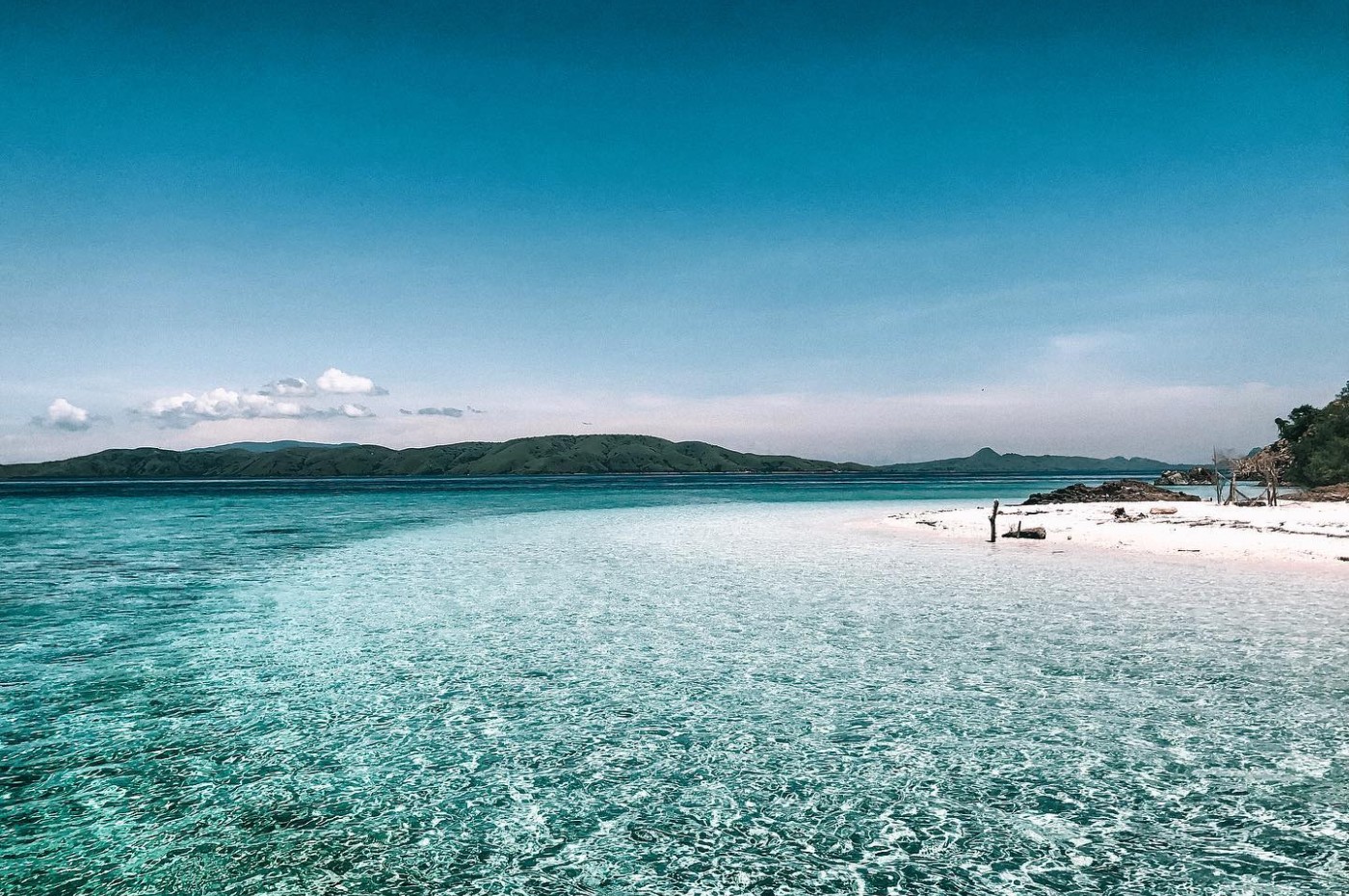
The Seraya, Komodo Island
Let's be clear, tourism has indeed found its way to Komodo island. But it never felt like mass tourism was waiting around the corner, nor that it was uncharming and crowded. Quite the opposite actually. I have several imprints (also on my mobile camera) that testify that we were completely alone in the middle of the gigantic archipelago that is Indonesia - on a wooden ship with no one but the tropical ambiance around us.
It's Indonesia when it's at its best... Offering good food, wonderful nature, and few tourists. And it is still possible in this remote corner of Asia.
Lars Mathiasen

Beneath the surface hides a world-class coral reef
I have been diving and snorkeling all over the world. For the past many years, I have been severely disappointed in many places. It's sadly going the wrong way with marine conservation. But here, the marine life and not least the colors of the corals in the sea off Flores are some of the best-preserved and intact I have seen for many years.
There is a dedicated diving instructor who knows every single fish. And the freedom of not only having your own boat but also having a small diving boat that can be put in the water in 2 minutes' time is simply incredible. You decide the pace and time. If you travel with smaller children and/or parents who are up in age, it is great, too, that it is not necessary to go diving to explore marine life. It's great for snorkeling, too, as the coral reef is in many places most beautiful at a depth of 2-5 meters.

The ultimate experience happened on the last day when we for a few hours snorkeled with approx. 30 giant manta rays at Manta Point. They were close to the surface, not paying attention to us. They just enjoyed a great plankton lunch. That is still a vivid experience for both my son and me.
The magnitude of Indonesia - you feel it
When we docked in Labuan Bajo and the sailing excursion was over, we truly felt that we had gained a small insight into what this giant Indonesian island kingdom with +17,000 islands has to offer. This, combined with a warm-hearted and very skilled Phinisi crew made us fall in love with Indonesia and feel extremely comfortable in a very unpretentious way. We had gotten a taste of Indonesia in a good way. Next time, the trip will have to be longer!
It was in 1981 that UNESCO designated the Komodo National Park a World Heritage Site - just one year after the national park was created. It is the only place in the world where you can experience komodo dragons in the wild. Komodo National Park consists of three larger and 26 smaller islands.
Komodo tourism behind the scene
In 2019, the Indonesian government suddenly announced that it would close access to Komodo Island. The island and its inhabitants, the few thousand komodo dragons, should be allowed to rehabilitate themselves. But not long after, the same government decided that closing down tourism was not the right solution. Instead, studies were launched to find a more sustainable model for Komodo tourism.
The arrival of tourists to Komodo Island has been increasing over the past years, from 80,000 tourists annually in 2014 to just over 175,000 annual tourists in 2018. Some of the foreign tourists arrive on medium-sized cruise ships, which have found their way to this peculiar phenomenon, the komodo dragon.
The world's largest lizard is an ancient predator that has evolved surprisingly little over time. It hasn't had to. The komodo dragon has a deadly bite, and kills its prey with the deadly cocktail of bacteria it builds up in its saliva. Therefore, all visits to Komodo (and the other islands where the Komodo dragon is found) take place only in the company of an official ranger, or guide.
But the rise in tourism to the area has also given a remote region of Indonesia a much-needed economic boost. So the most important income source on the island of Flores today is tourism. For example, there are 60 local people who make a living by creating small sculptures of the komodo dragons, sold as souvenirs.
So there is a need for a solution that takes into account the environment, animal welfare, and human welfare in and around Komodo. And that's why the Indonesian government has gone back to thinking - a possible solution could be to increase the entrance fee to visit the Komodo National Park, which is currently priced at 10-18 USD (2022-figures).
